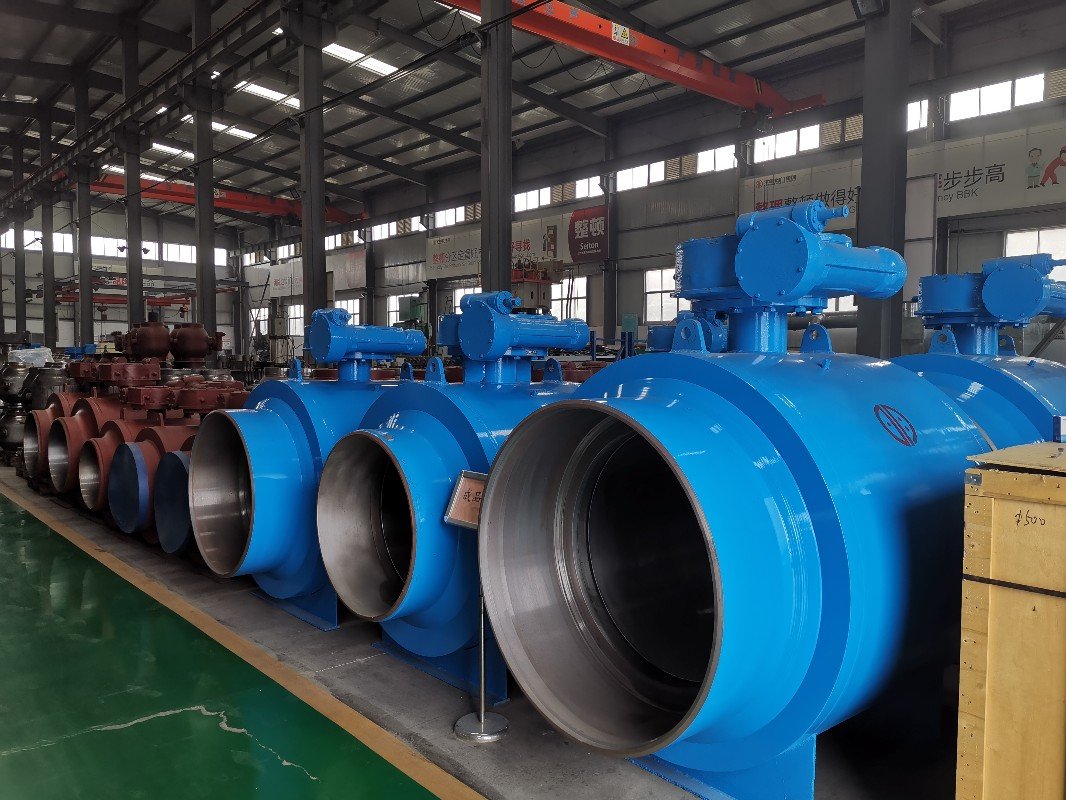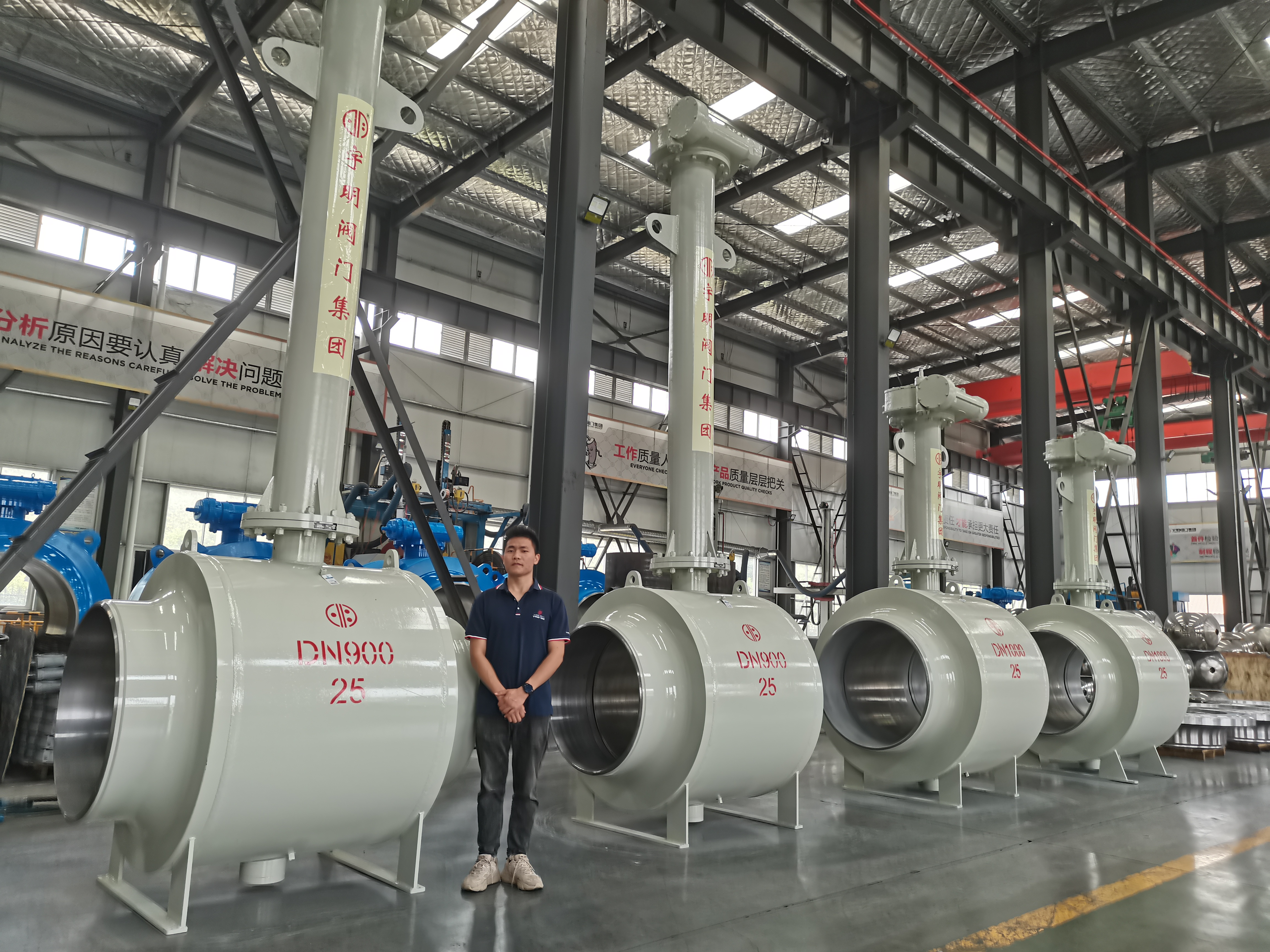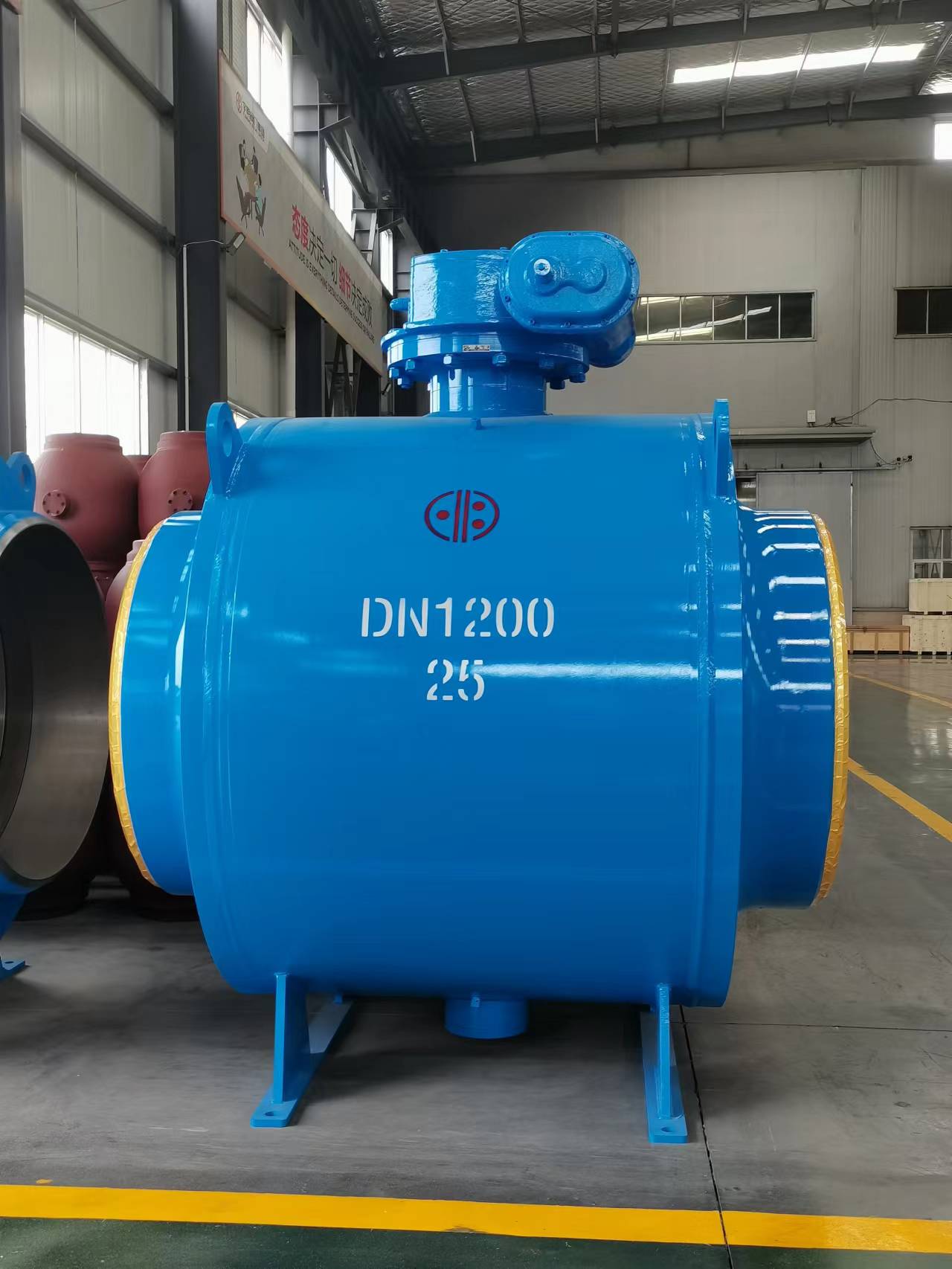
Leakage is one of the common faults of ball valves, and the reasons may be:
(1) Sealing surface damage: the sealing surface of the ball valve has been used for a long time and is easy to be worn, resulting in leakage.
(2) Aging of the sealing gasket: the sealing gasket of the ball valve is also easy to age, become soft, and can not be tightly fitted to the valve, resulting in leakage.
(3) Fasteners are not strong: If the fasteners of the ball valve, such as screws, nuts, etc., are loose, it may also lead to leakage.
(4) Installation is not in place: the installation of the ball valve is not in place will also lead to leakage.
In view of the above reasons, the following measures should be taken to eliminate:
(1) Replace the sealing surface: If the sealing surface of the ball valve is damaged due to long use time, it needs to be replaced.
(2) Replace the sealing gasket: If the sealing gasket of the ball valve is aging and soft, it needs to be replaced.
(3) Fastener tightening: Check whether the fastener is loose, if so, it needs to be tightened.
(4) Re-installation: If the ball valve is not installed in place, it needs to be re-installed.

1.3 Leakage
Ball valve leakage is also one of the common failures, the reasons may be:
(1) Aging of the sealing gasket: When the sealing gasket of the ball valve is aging and soft, it may also lead to leakage.
(2) Seal damage: such as O-ring, packing and other damage, will also lead to leakage.
(3) Sphere deformation: When the sphere is deformed, it will also lead to leakage.
In view of the above reasons, the following measures should be taken to eliminate:
(1) Replace the sealing gasket: If the sealing gasket of the ball valve is aging and soft, it needs to be replaced.
(2) Replace seals: If O-rings, fillers, etc., are damaged, they also need to be replaced.
(3) Replace the ball: If the ball is deformed, it needs to be replaced to solve the leakage problem.
